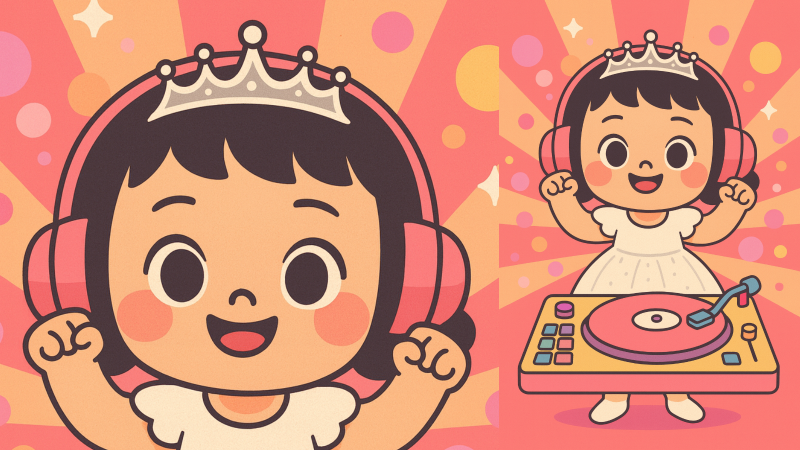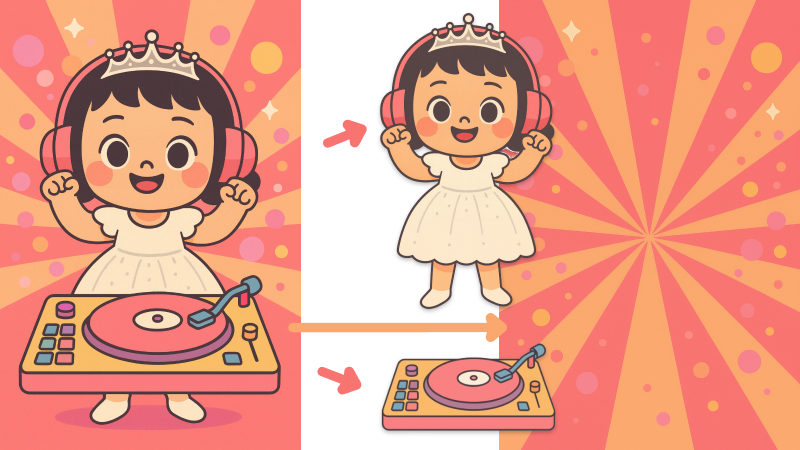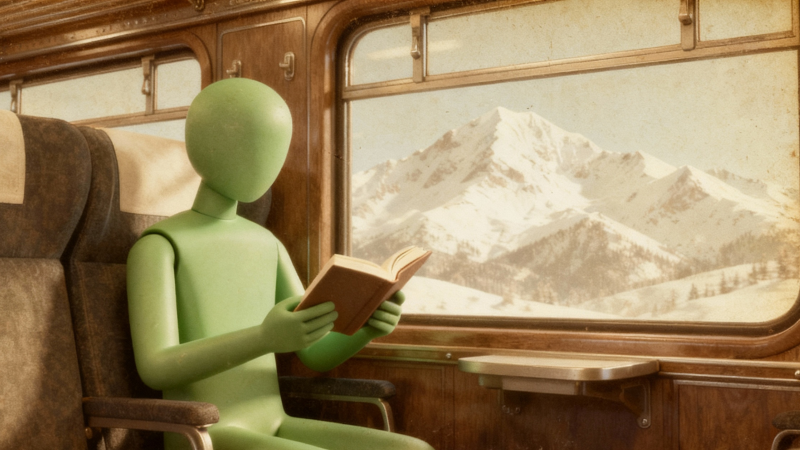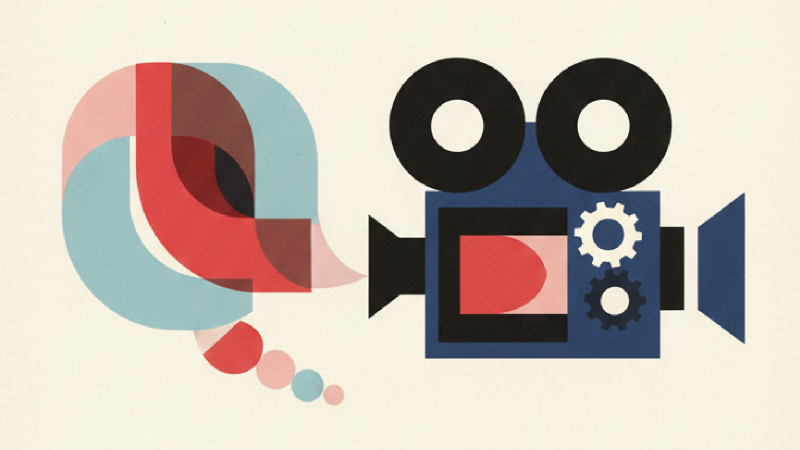
As a Beginner, Focus on Learning to Create AI Videos — Not on Views
My first AI video taught me one thing: don't chase views — focus on learning. Here's how I turned a childhood memory into an AI dance video and what I learned from YouTube's creative process.
In my previous post, I wrote about using YouTube as a "test field" to evaluate the quality of AI video creation. Today, I want to share what I learned after making my very first AI video — and why beginners shouldn't chase views too early.
🎯 Mindset: Focus on Skill-Building, Not Metrics
When you're just starting out, it's easy to get trapped by numbers — views, likes, subscribers. But before learning how to edit, generate AI visuals, compose music, or combine everything into a coherent video, your goal shouldn't be analytics. It should be building the skill of making AI videos.
Every small step counts: understanding how prompts affect output, how motion syncs with music, how a scene feels when it moves.
My motivation is simple — I want to enjoy creating. Making videos should make me happy, not anxious.
💡 Inspiration: My First AI Video Idea
The idea came from my four-year-old niece. During summer vacation, she often went with my mom to the public square, where aunties danced to upbeat DJ-style fitness songs. Every evening ended with a lively DJ track — and that's when my niece joined in.
She learned the steps quickly, moved with rhythm and energy, and always received applause. That joyful moment gave me the idea:
Could I turn that memory into an AI-generated children's dance video?
🎬 The AI Video Creation Process
Here's how I made it step by step.
Step 1 — Generating Music with Suno
I started with the soundtrack. Using Suno, I generated a cheerful 120 BPM kids' DJ dance song. Surprisingly, the first result was already perfect — bright, catchy, and full of energy.
Prompt
Energetic kids DJ dance song, 120 BPM, bright and cheerful, 8-count rhythm for exercise dance, suitable for children.Step 2 — Designing the Character and Scene
With ChatGPT's help, I designed a cute cartoon DJ girl and a vibrant retro background.
I exported the scene, the character, and decorative elements separately as images.
This gave me the flexibility to animate them later.

Step 3 — Generating the Dance Motion with Veo3
Next, I asked ChatGPT to design dance movements that match the lyrics and rhythm. Based on that, I used Veo3 to generate four short video segments — each showing a different sequence of dance actions.
Sample character motion prompt
A cute cartoon girl DJ wearing a white dress, pink headphones, and a silver tiara performs a cheerful kids' fitness dance.
She claps three times, spins around, wags her finger playfully for "don't look back," reaches up high, and jumps in rhythm before striking a happy pose.
Keep the same 2D flat cartoon style, full body, no background, smooth motion.Background prompt
A retro flat cartoon-style animated background with orange and pink rays radiating from the center.
Circular dots move outward in sync with the beat, glowing softly.
Loopable, cheerful, and energetic atmosphere. No text or characters.Step 4 — Editing in CapCut
I combined all the generated clips in CapCut, added simple transitions, beat effects, and exported the final short video.
📤 Uploading to YouTube — What I Learned
When uploading, I discovered something important: because the video features a cartoon child, I had to mark it as "Made for Kids."
That single checkbox changed everything:
- Comments, notifications, and personalized ads were disabled.
- The video barely appeared in the Shorts feed.
- Ad revenue potential dropped by about 80–90%.
- It couldn't qualify for the YouTube Partner Program (YPP).
Even so, I'm happy that I finished it — my first AI video is real and online. 👉 Watch it here
From the analytics:
- 95% of traffic came from YouTube Search
- Only 3.5% came from Shorts feed
Next time, I'll experiment with videos not marked for kids, to test how it affects visibility.
🪞 Reflection
For beginners, focusing on skills over views isn't just practical — it's freeing. Each tool I learn, each frame I build, brings me closer to expressing my vision.
My goal right now is simple:
To enjoy the process of creation, one AI video at a time.
Written for the AI Creator Journey — documenting how ideas evolve into moving images.
Author
More Posts

Director's Mindset in the Age of AI Filmmaking
Insights from director Xiaoyu Chen's AI filmmaking workflow — how AI empowers creators to experiment, iterate, and tell stories with cinematic emotion.

From Vision to Video: Use YouTube as Your AI Video Creation Test Field
Turn your AI video ideas into reality. Learn how to use YouTube as your creative testing ground — launch your first channel, test your quality, and start your journey today.